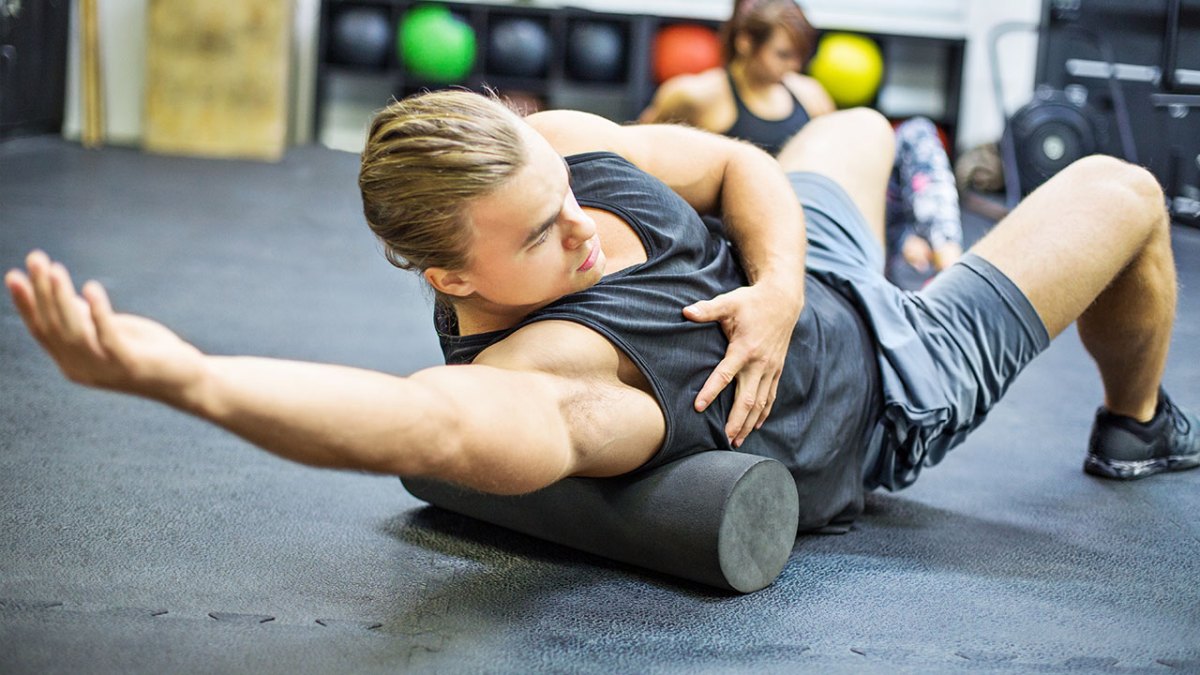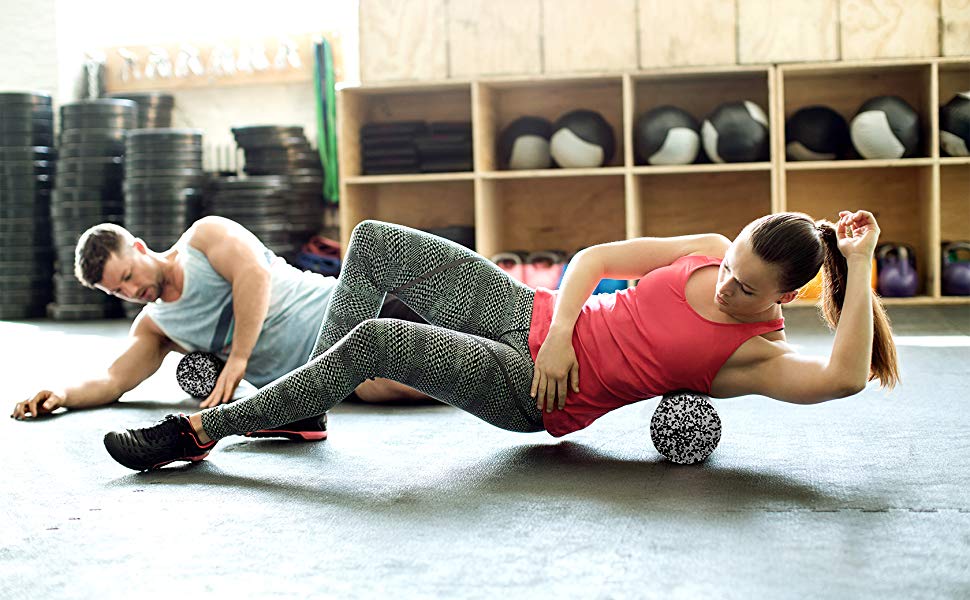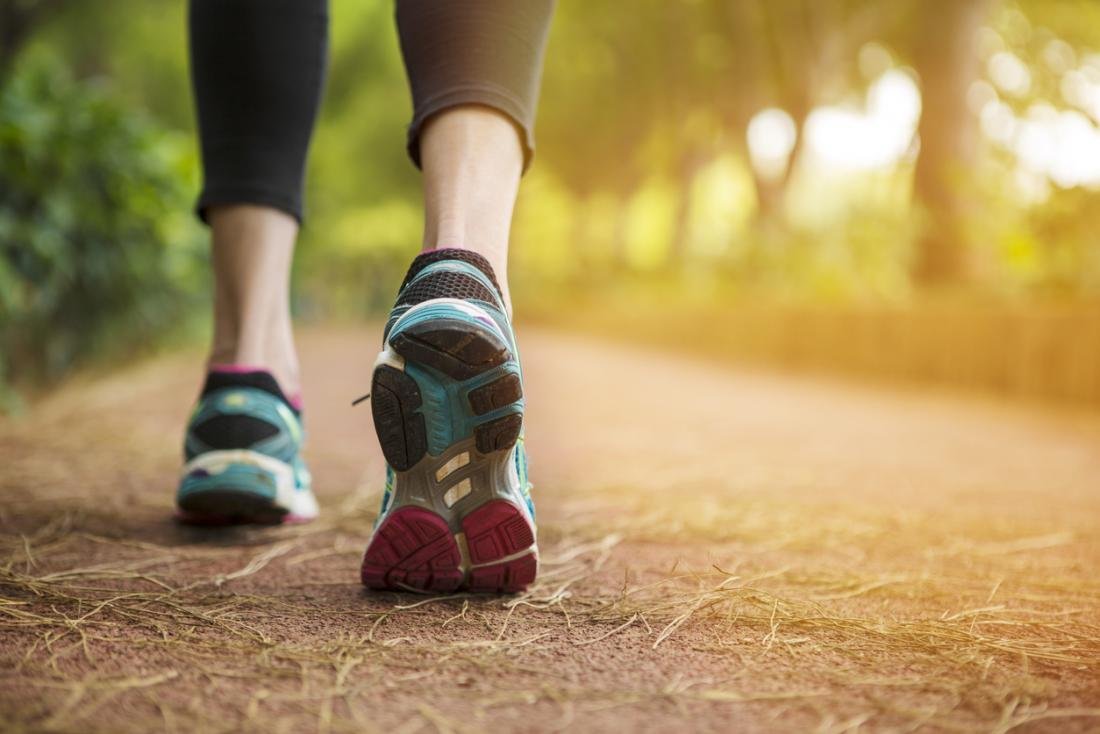We’re going to be looking at the idea that foam rolling enhances recovery from training.
Where did this idea come from?
Foam rolling is itself a form of manual therapy. You can sort of think of it like a self-massage and while some forms of manual therapy have their roots in ancient India and China. The practice of foam rolling itself is somewhat more recent in the 1980s practitioners of the so-called Feldenkrais method and in my opinion now debunked form of physical therapy started using foam rollers to increase body awareness. Through the late 1980s and 1990s, the secret of foam rolling got out.
Star Jerome Robbins, who started using it on ballet dancers he was overseeing and it wasn’t until the late 1990s that word got out to the weightlifting community. On physical therapists, Mike Clark began writing about the benefits of foam rolling which eventually were put together in his 2001 text integrated training for the new millennium. Three years later in 2004, the first foam roller patent was filed by Los Angeles-based physical therapist Staci barrows and shortly thereafter it started showing up in the scientific literature.
WHAT DOES THE SCIENTIFIC RESEARCH HAVE TO SAY ABOUT FOAM ROLLING AND RECOVERY?

A 2010 article on Overtraining defines it as a multi-level process in time for re-establishment of performance abilities. So basically recovery time just refers to how long it takes your body to sort of getting back to normal after a training session.
There are a bunch of different ways that researchers try to measure this one popular way is to simply assess levels of muscle soreness which they usually use a visual analog scale to do. Basically, they have a ten-centimeter line and subjects are asked to make a mark anywhere along that indicating their soreness levels.
One 2017 study, instead asked subjects to rank their soreness on a scale of 1 to 7. Where each number corresponds to a rating of either it’s sore or very sore or very very sore and so while this study did find the foam rolling reduced average soreness scores and soccer players from a 5.6 to 4.8 average.
In 2014, a study from McDonald and colleagues out of Memorial University of Newfoundland found that when subjects performed ten sets of ten reps on the squat and then either received 20 minutes of foam rolling or no treatment after the training session ratings of muscle soreness gauged on a scale of one to ten were lower at 24, 48, and 72 hours post-training for the foam rolling group. This led the authors to conclude that foam rolling was beneficial in attenuating muscle soreness.
In 2015 by the same research group except this time using the perhaps slightly more objective pressure pain threshold method rather than the one to ten rating scale, where this time the researcher would apply pressure to the muscle using a calibrated device that measures force and the subject would just say yes the moment they started to feel pain instead of just pressure. So a higher force rating would correspond with lower soreness in this case and again 20 minutes of foam rolling post-exercise was shown to reduce soreness at all time points after training not only that the study also boasted improvements in some performance measures including improved 30 meter sprint time which may further suggest enhanced recovery from foam roll.
Recent 2017 study investigating the effect of foam rolling on recovery from high volume sprint training using a 0 to 100 scale, they assessed muscle soreness and in contrast to the previous studies, they found no significant differences between the groups. The authors of this study speculated that the differences between this present study and the earlier research we just looked at could be due to the presence or absence of a dynamic warm-up routine. They noted that measurements of muscle soreness in the recovery period of the present study were always preceded by a warm-up whereas those earlier studies assessed perceptions of muscle soreness upon entry to the lab prior to any activity. The warmup period utilized in the present study may have served to reduce soreness in both groups and possibly offset any further influence that foam rolling exerted. So perhaps a five to ten-minute dynamic warmup with a focus on just increasing body temperature improving blood flow to the muscles and taking the joints through their full range of motion may be just as effective as a foam rolling routine.
Another purported benefit of foam rolling is that it improves mobility and improves range of motion. In fact, in support of this, a 2015 systematic review analyzing 14 studies found that self-myofascial release with a foam roller or roller massager appears to have short-term effects on increasing joint range of motion without negatively affecting muscle performance.
As in 2015 of paper from Vygotsky and colleagues concluded that it’s likely that foam rolling will do much for improving range of motion if performed in combination with dynamic stretching.
IF FOAM ROLLING IS EFFECTIVE, IS IT MORE EFFECTIVE THAN THE THINGS IT MAY BE REPLACING?

Things like a general warmup, dynamic stretching, and effective cooldown. It seems to be the case that just a good warm-up a dynamic stretching routine and a good cooldown are probably enough on its own for preventing injury and improving recovery on the training session but that isn’t to say that foam rolling doesn’t have its place or can’t have its place.
SOURCES:
Scientific References:
https://www.ncbi.nlm.nih.gov/pubmed/2…
https://www.ncbi.nlm.nih.gov/pubmed/2…
https://www.ncbi.nlm.nih.gov/pubmed/2…
https://www.ncbi.nlm.nih.gov/pubmed/2…
https://www.ncbi.nlm.nih.gov/pubmed/2…
https://www.ncbi.nlm.nih.gov/pubmed/2…
https://www.ncbi.nlm.nih.gov/pubmed/2…
https://www.ncbi.nlm.nih.gov/pubmed/2…
https://www.ncbi.nlm.nih.gov/pubmed/2…



